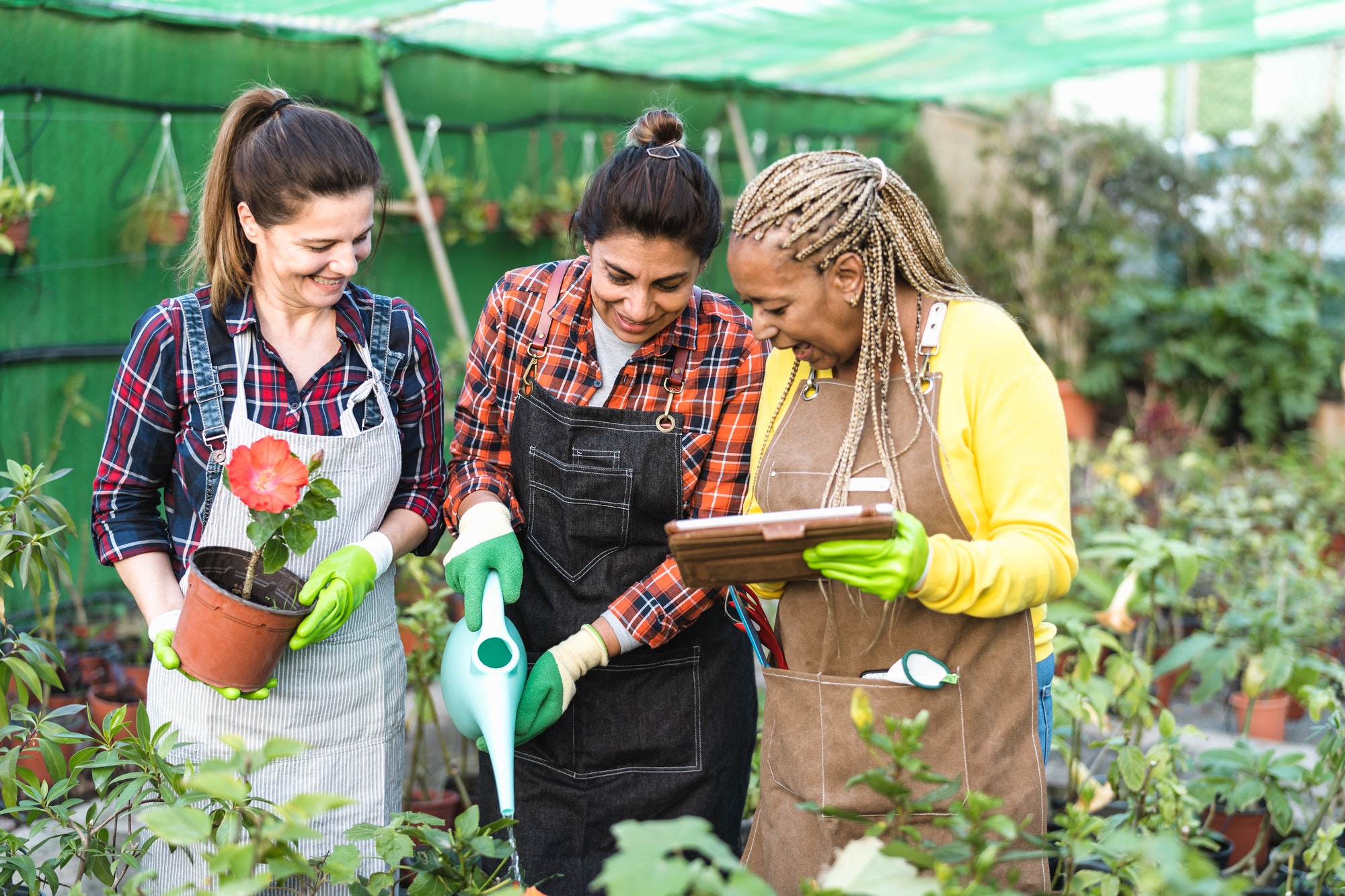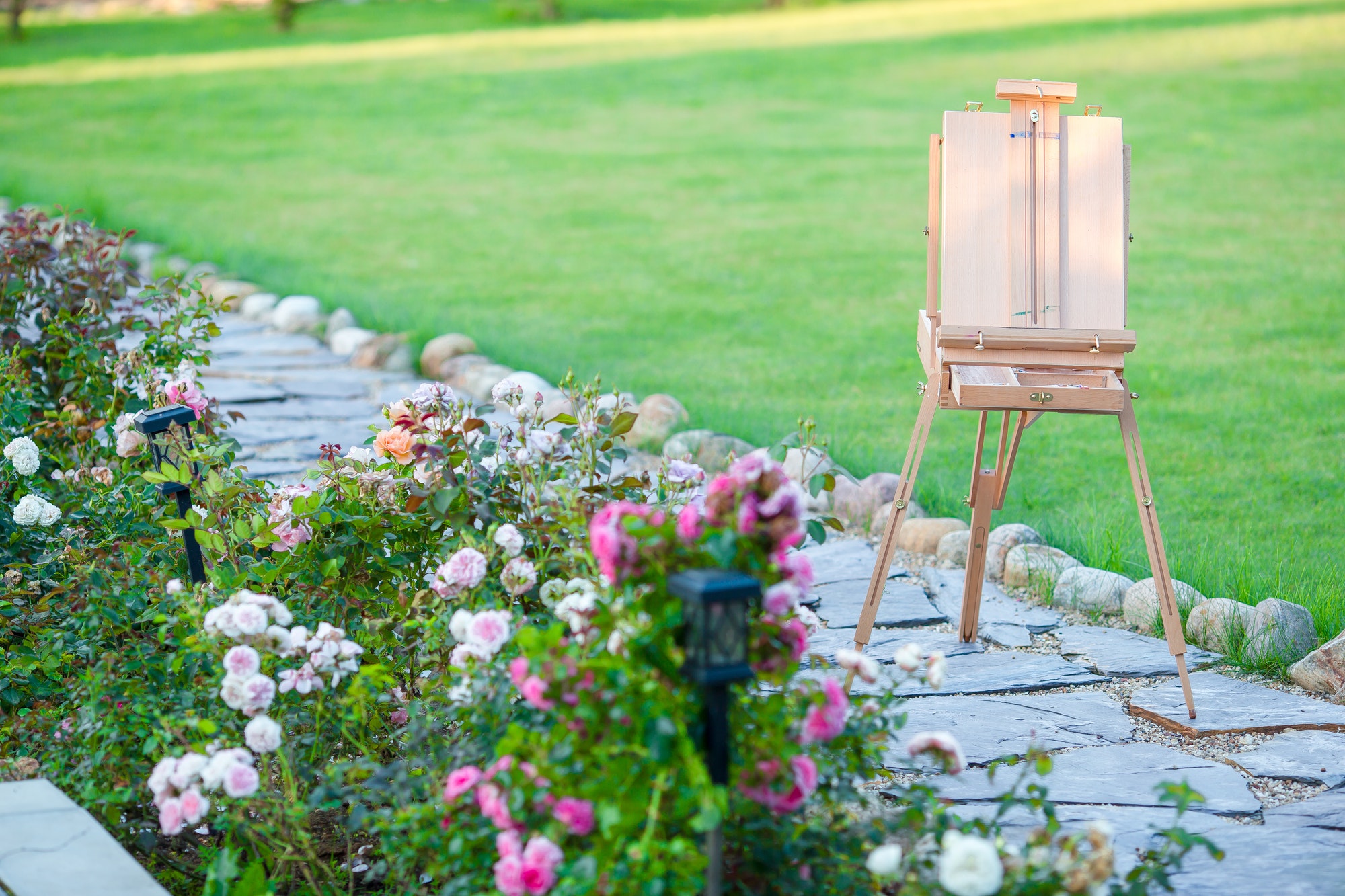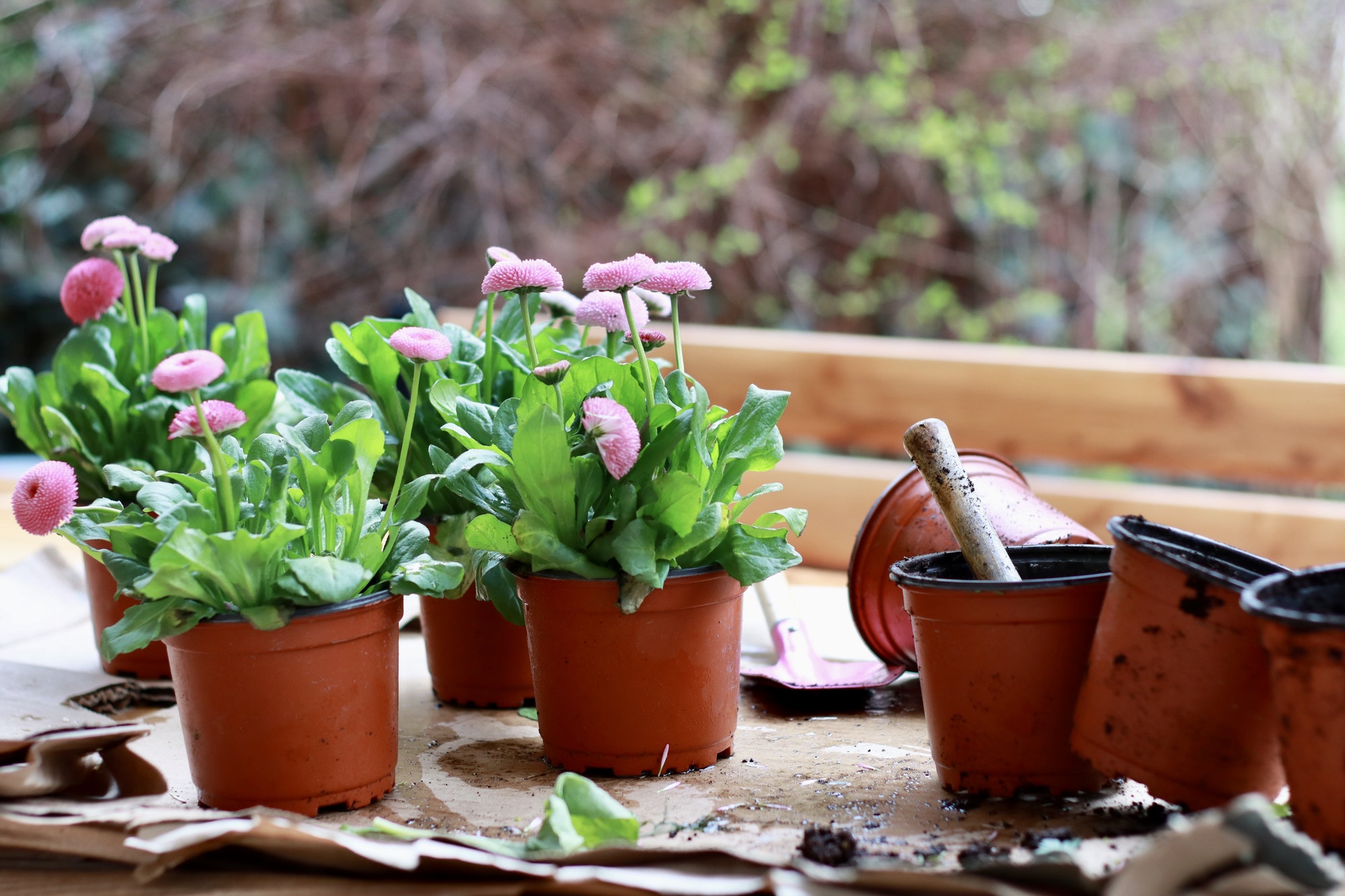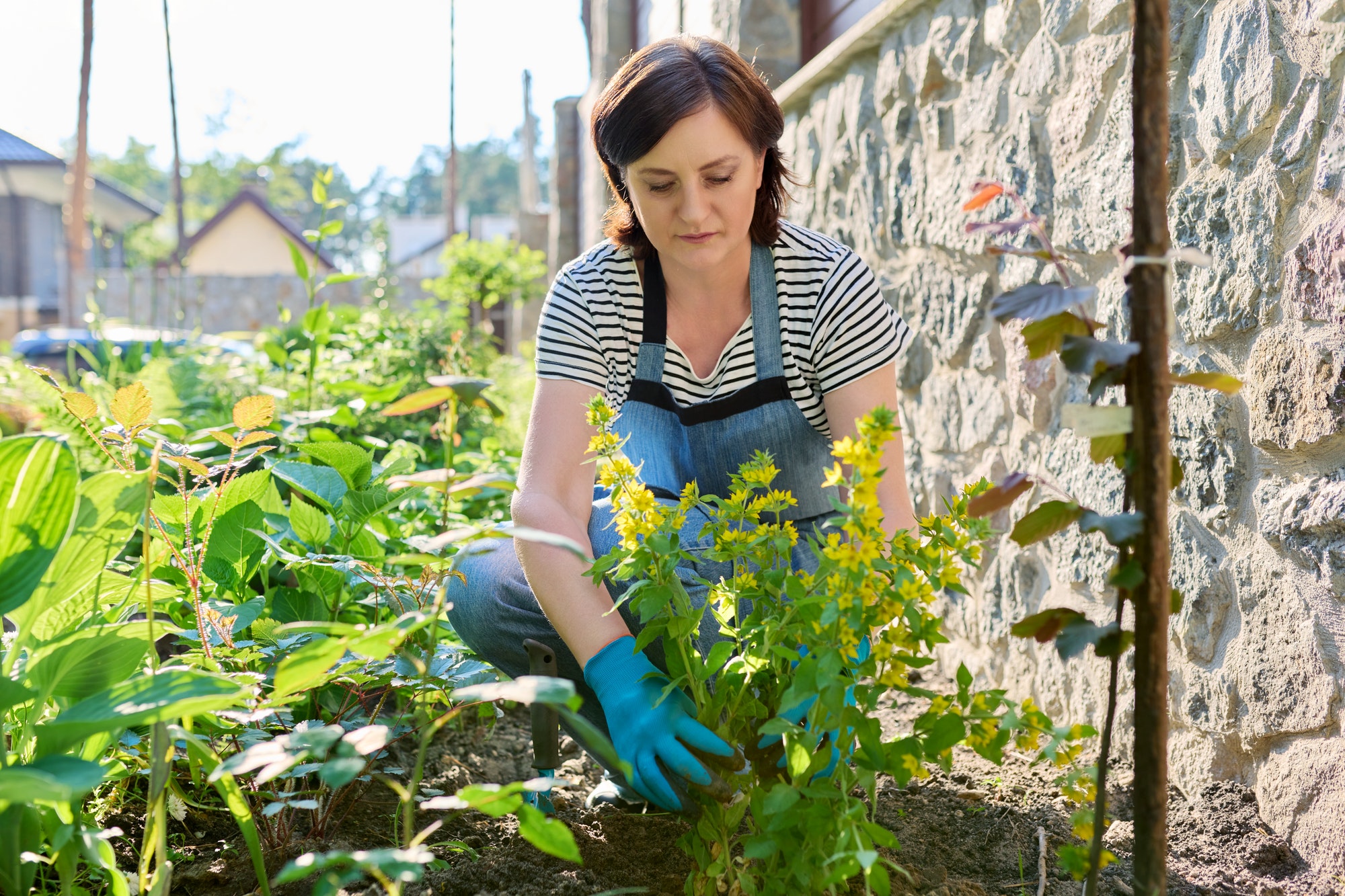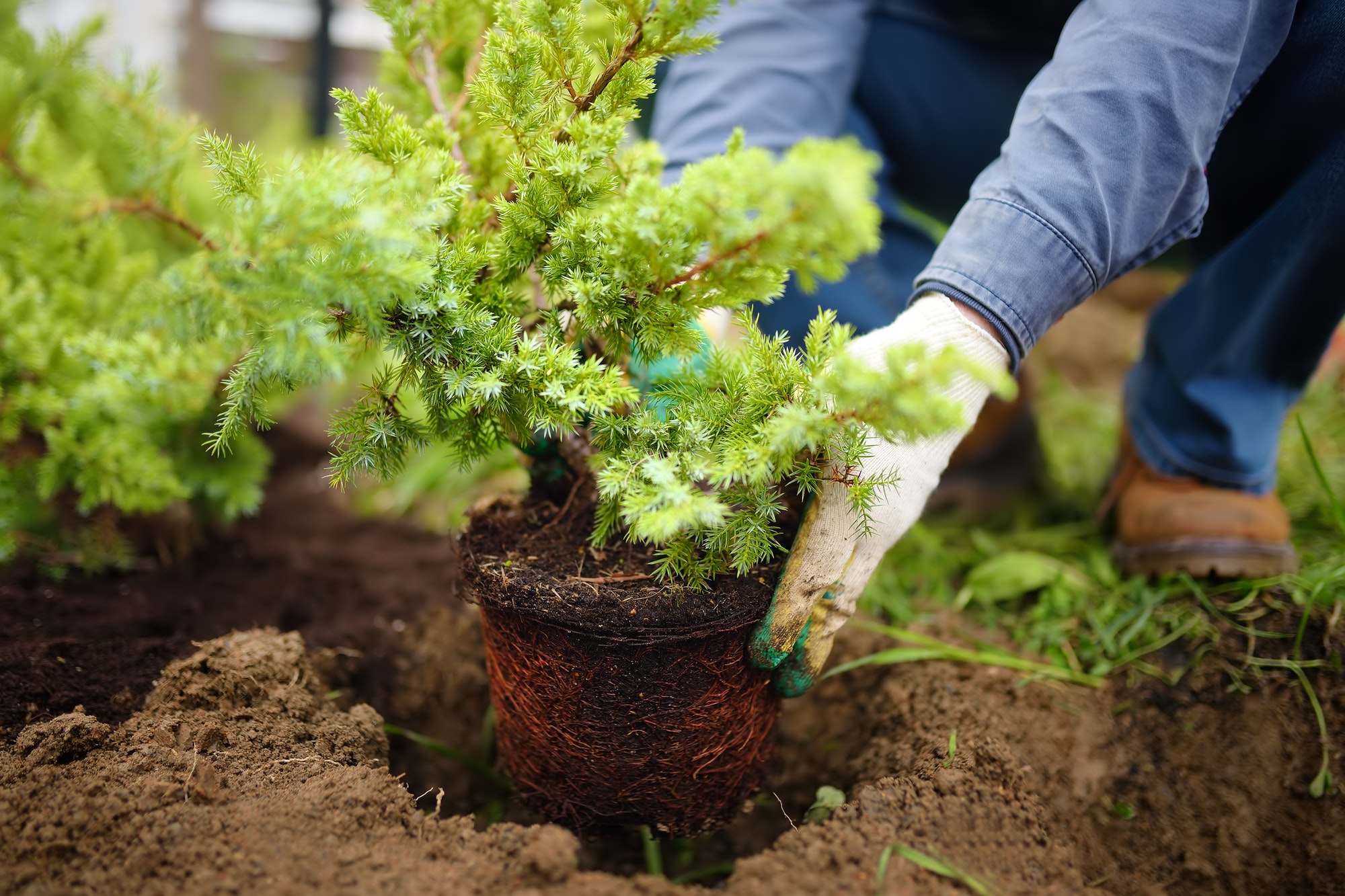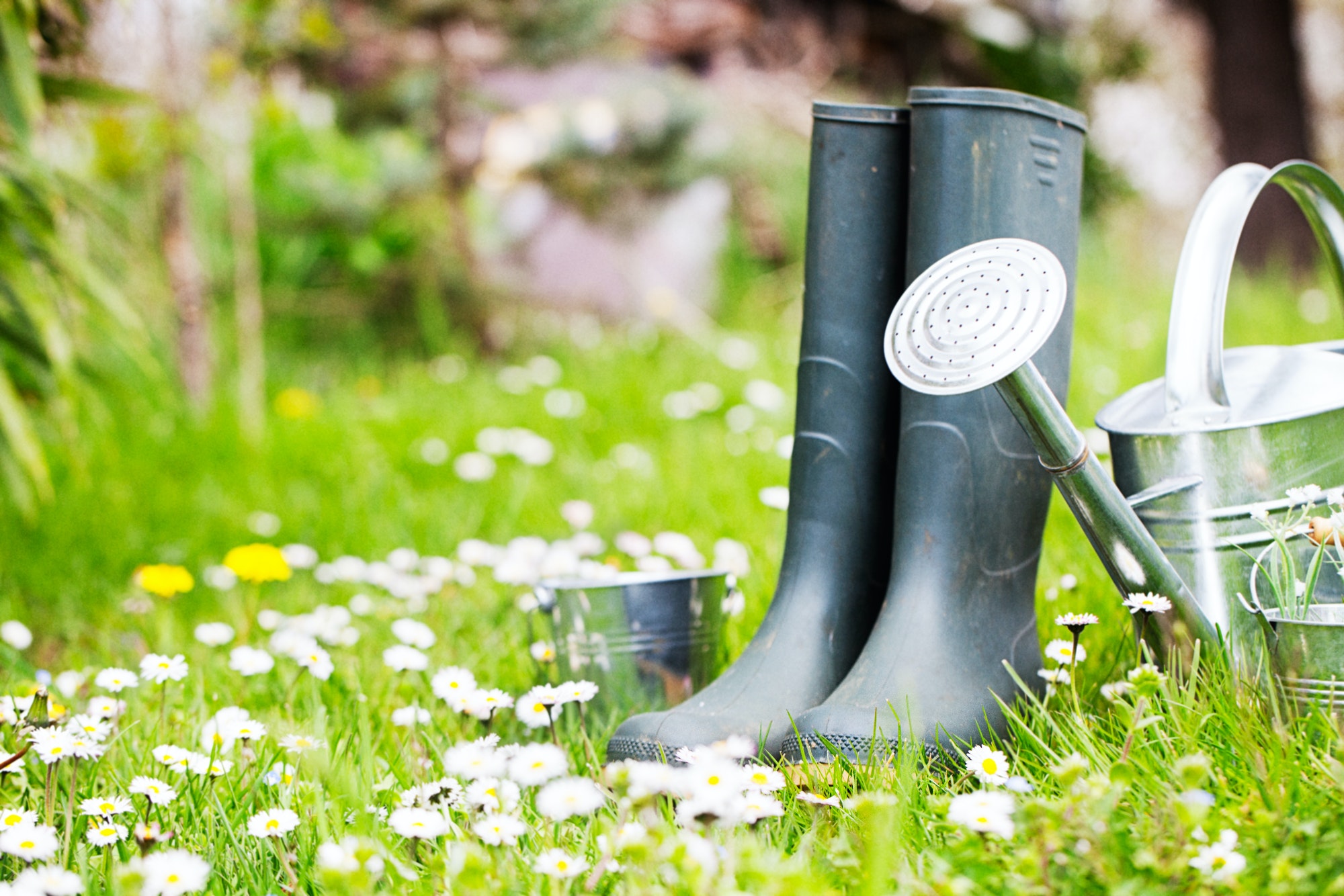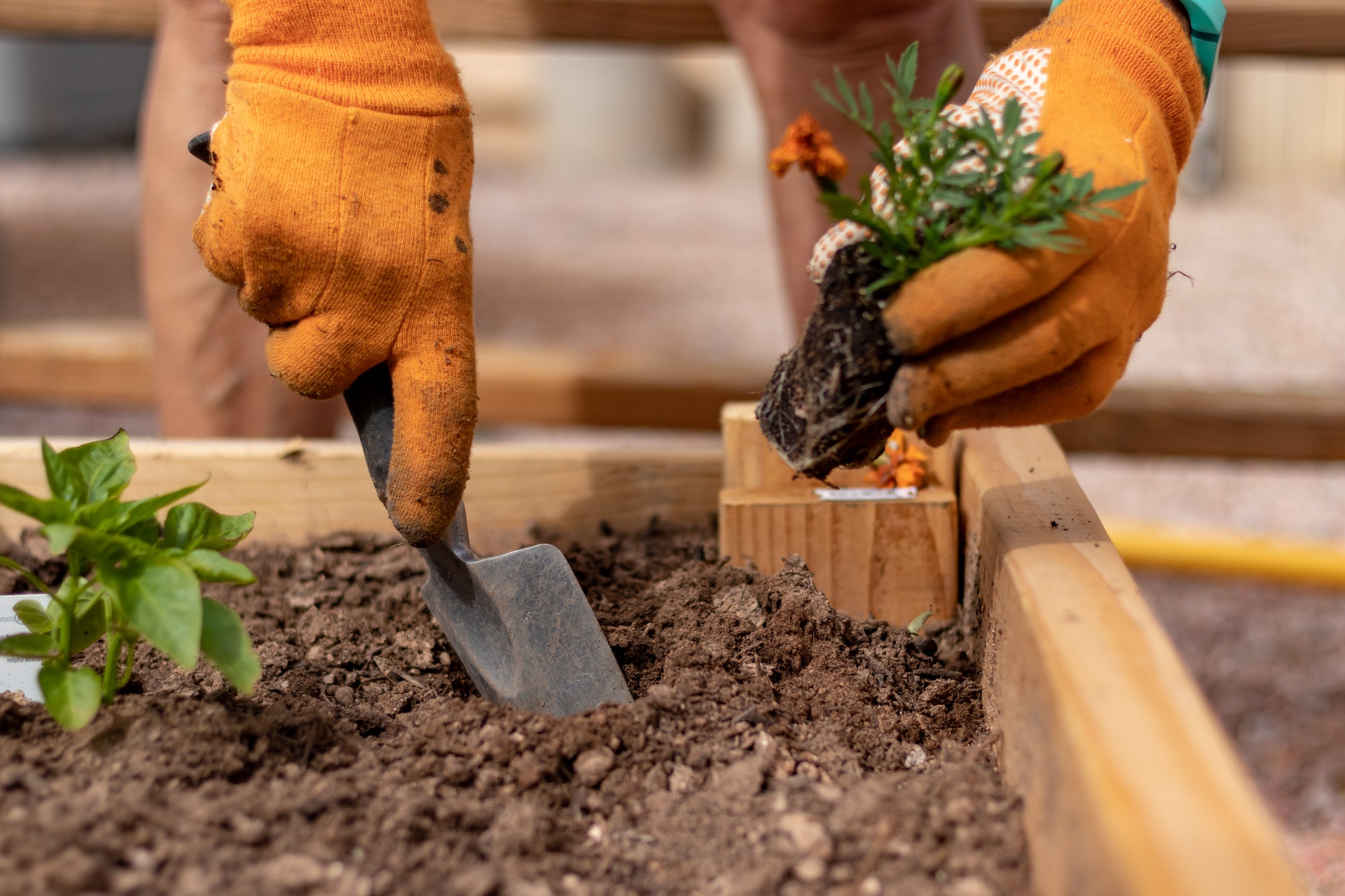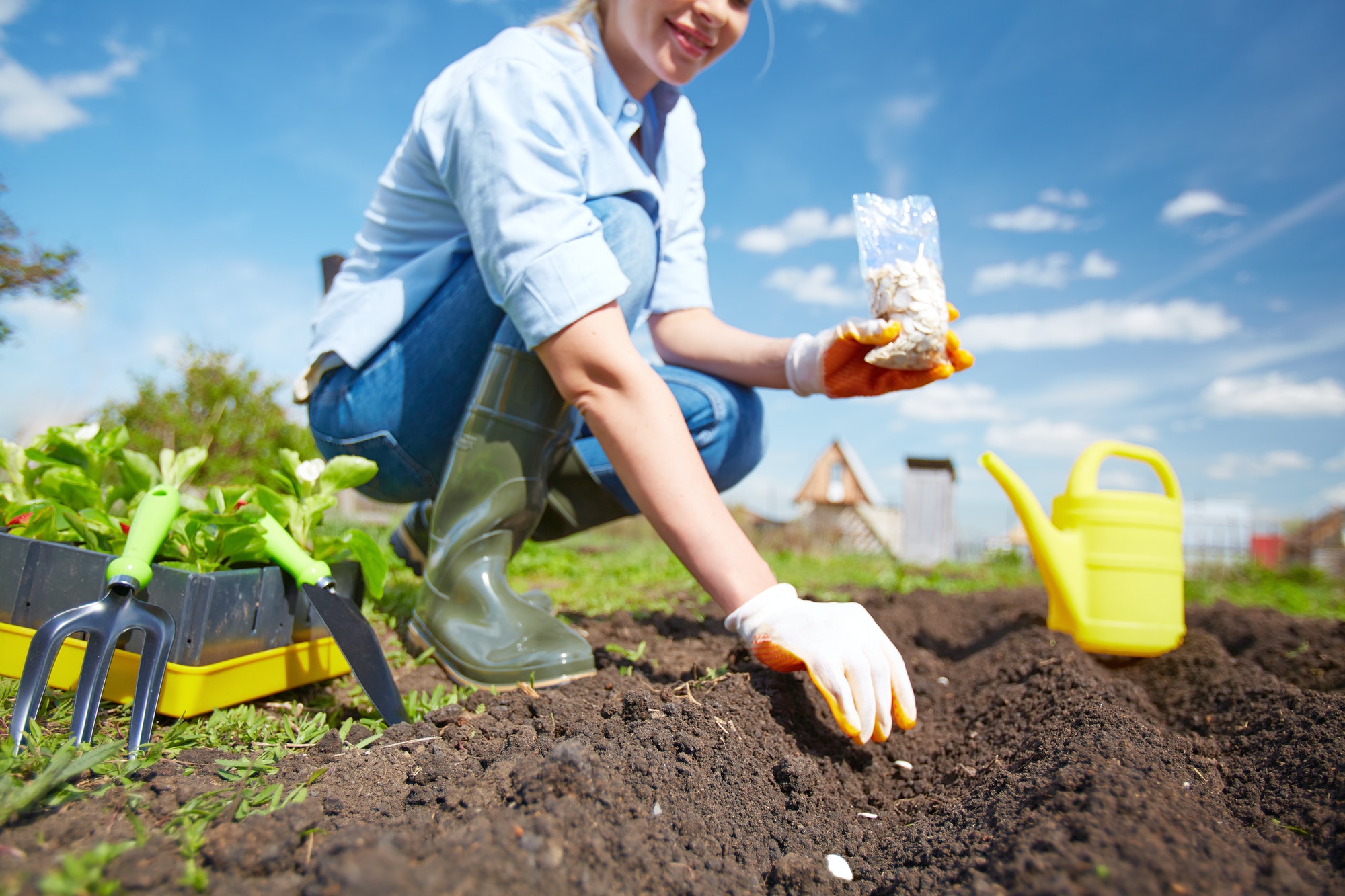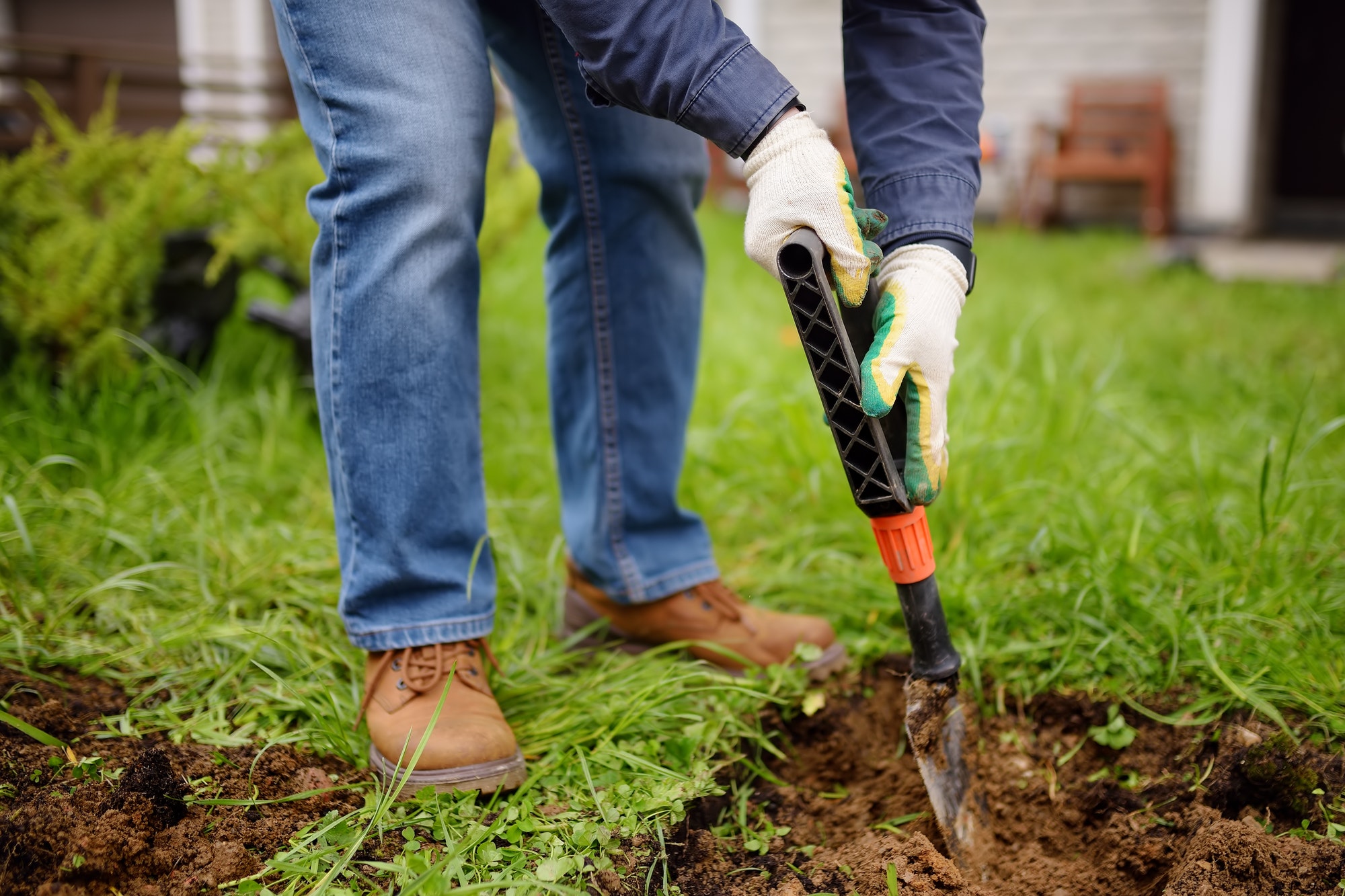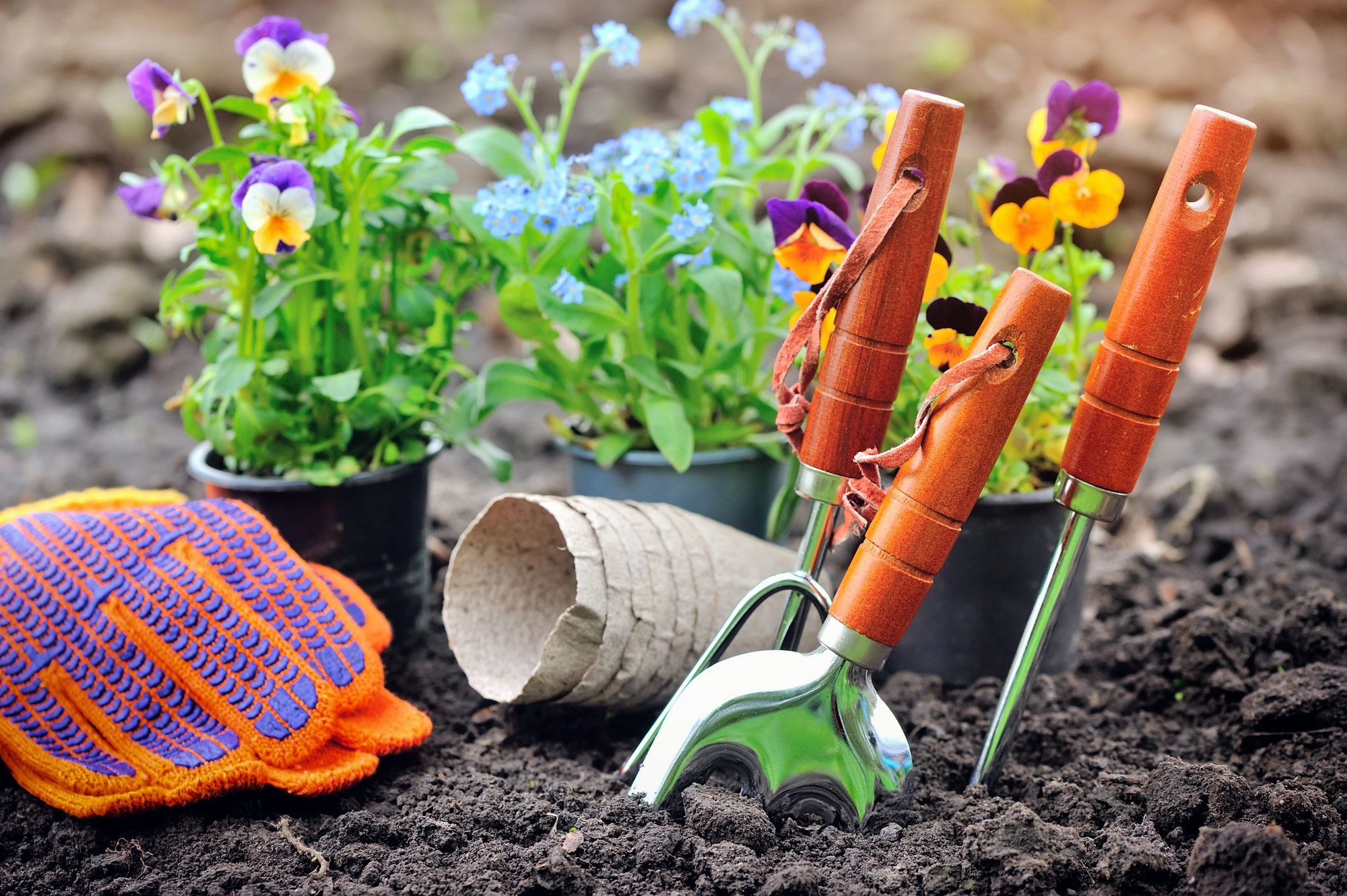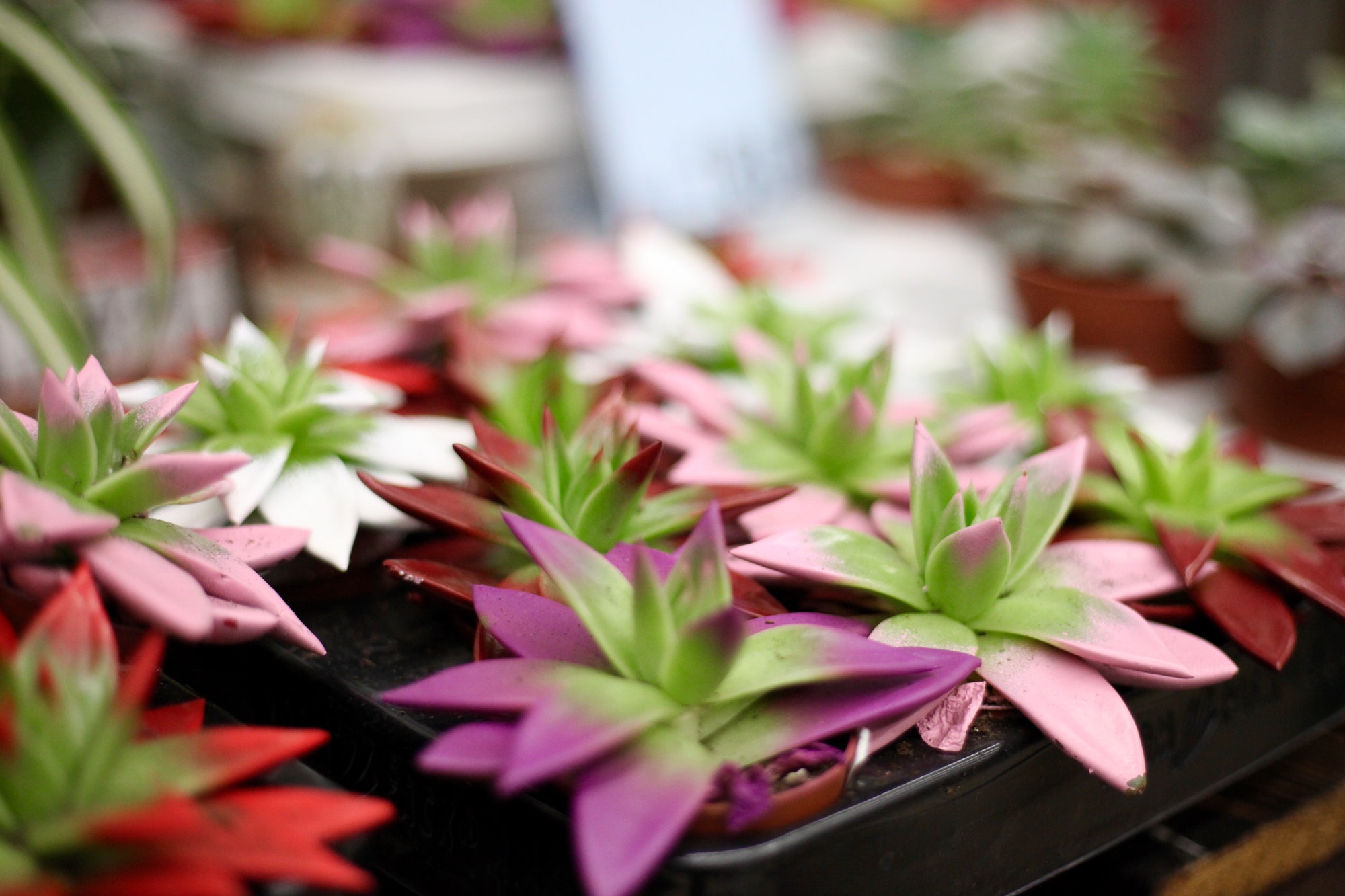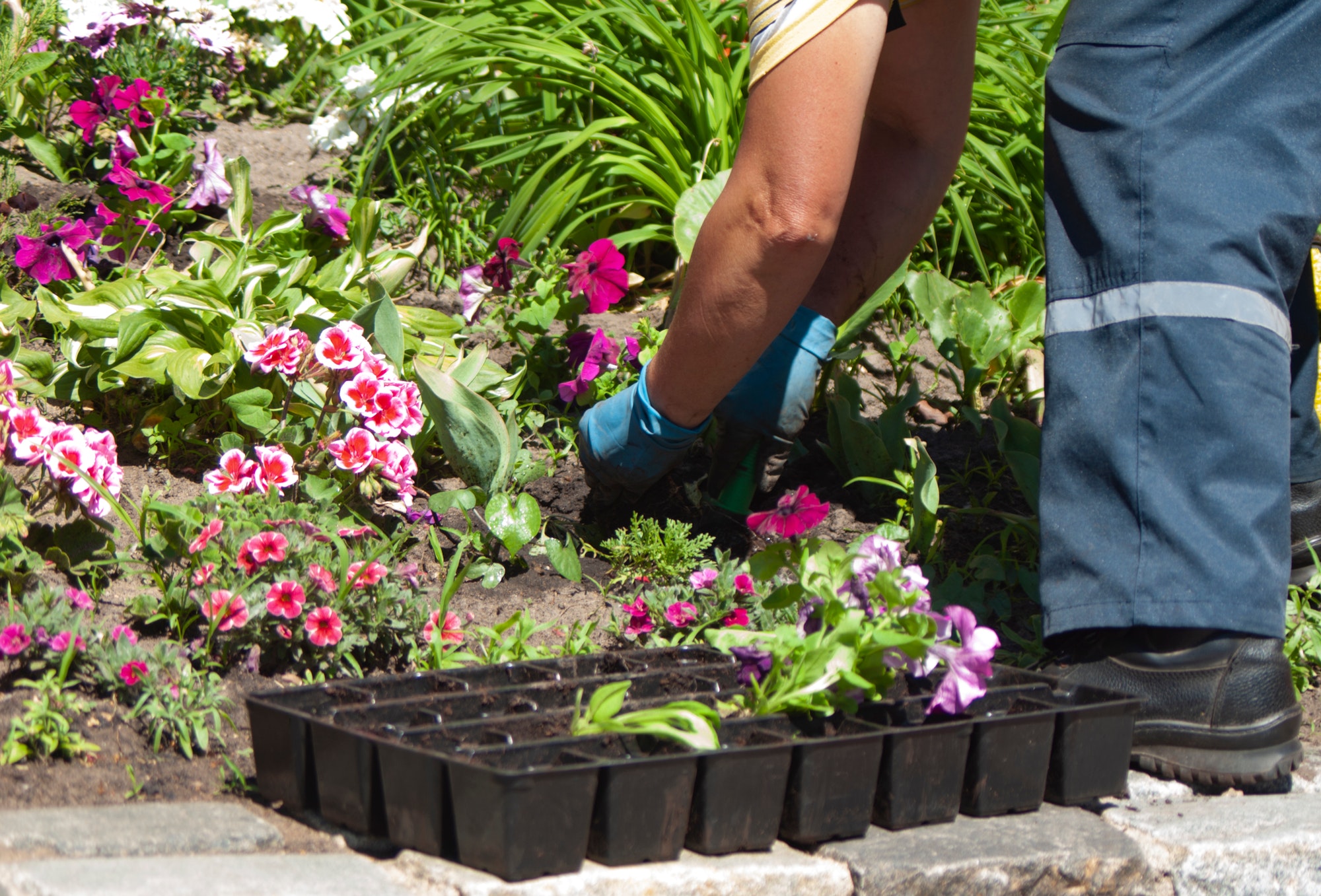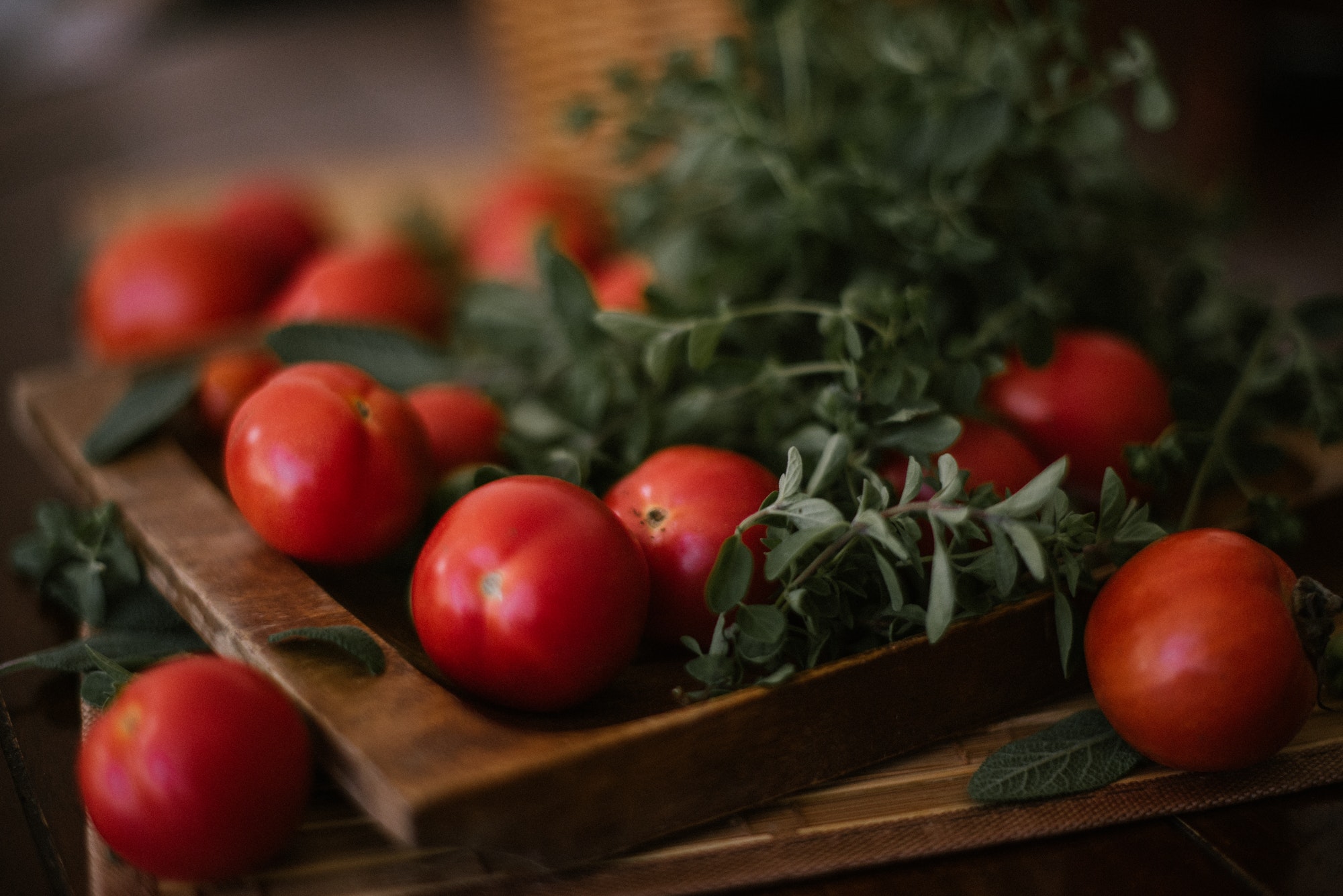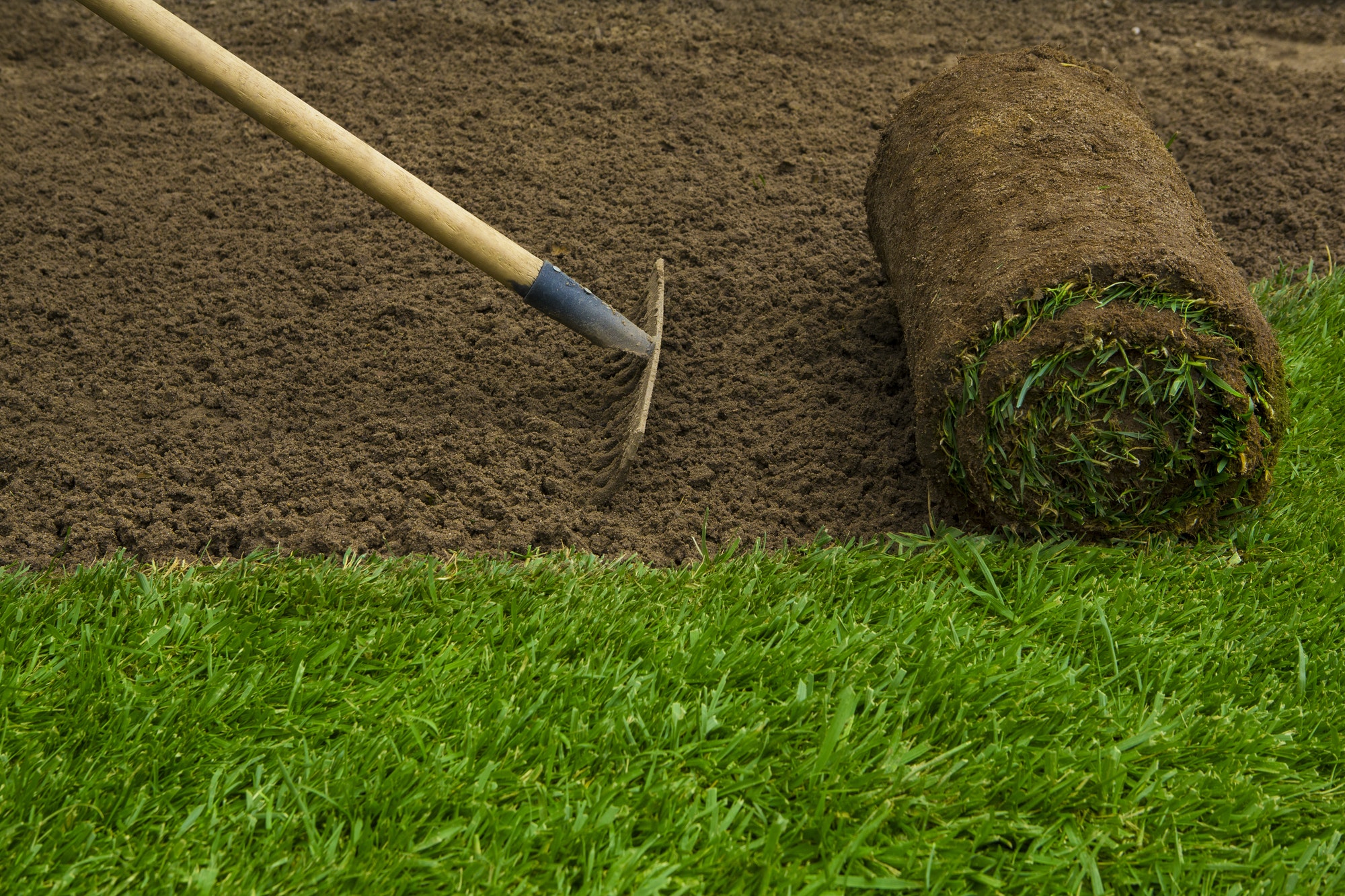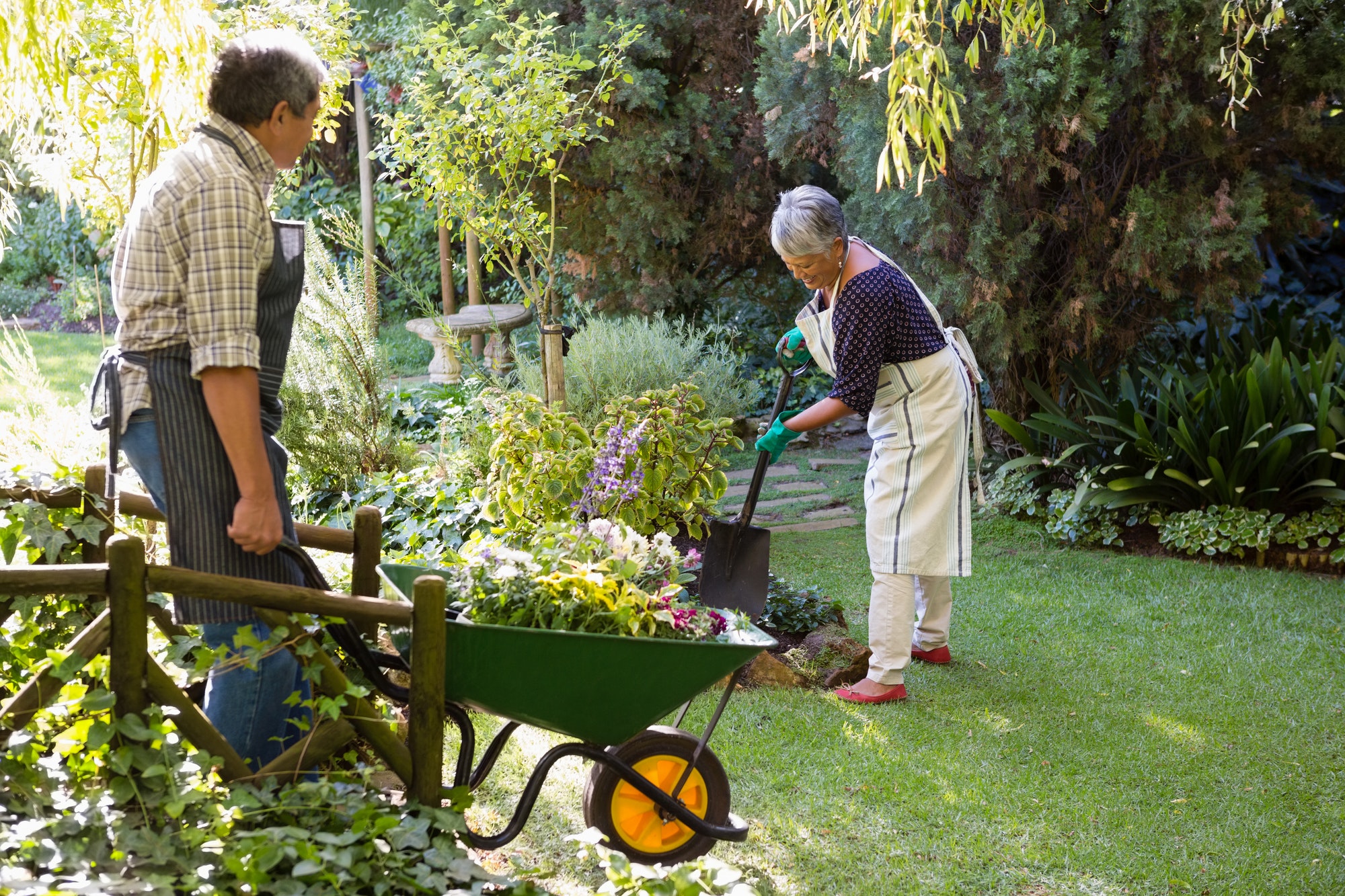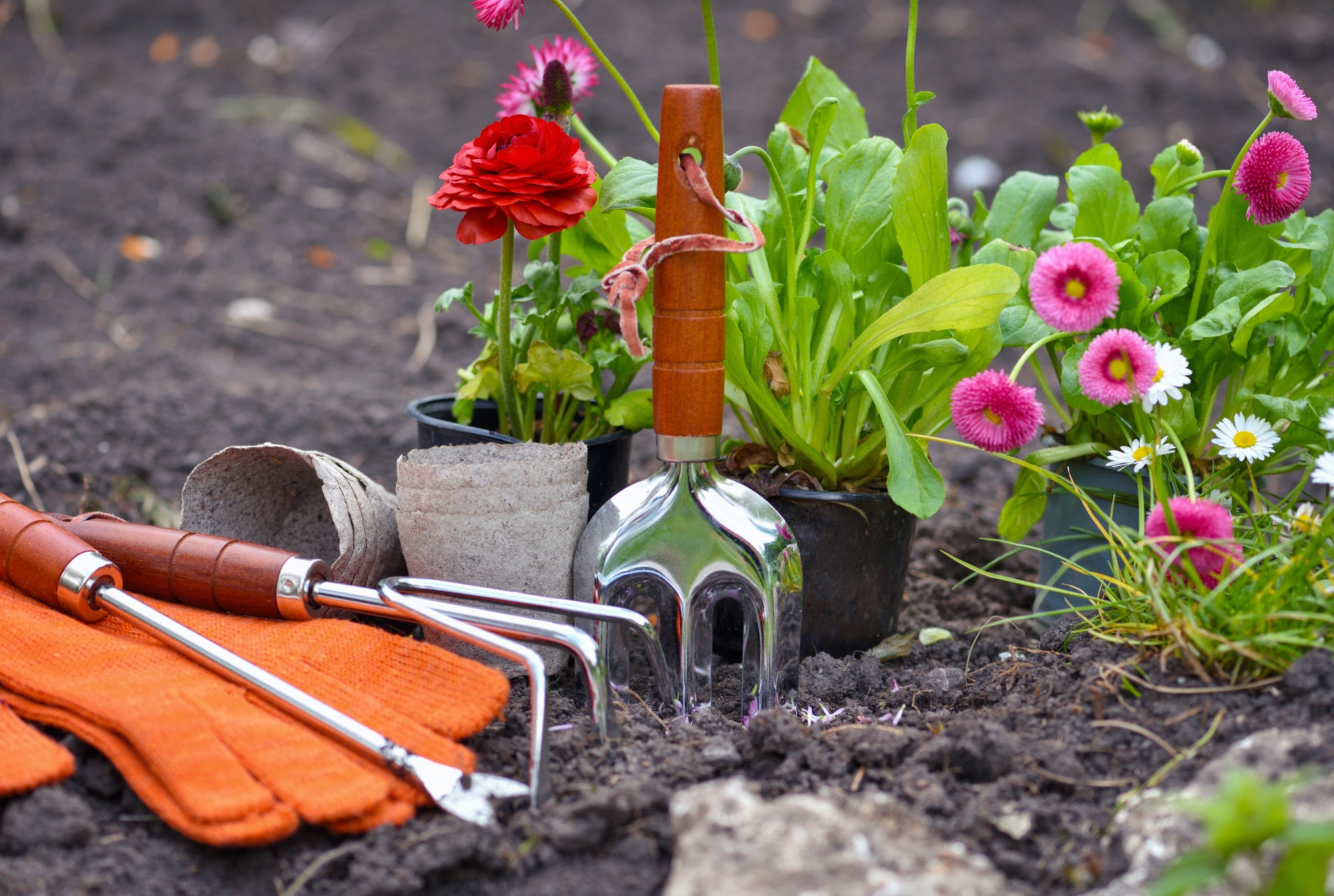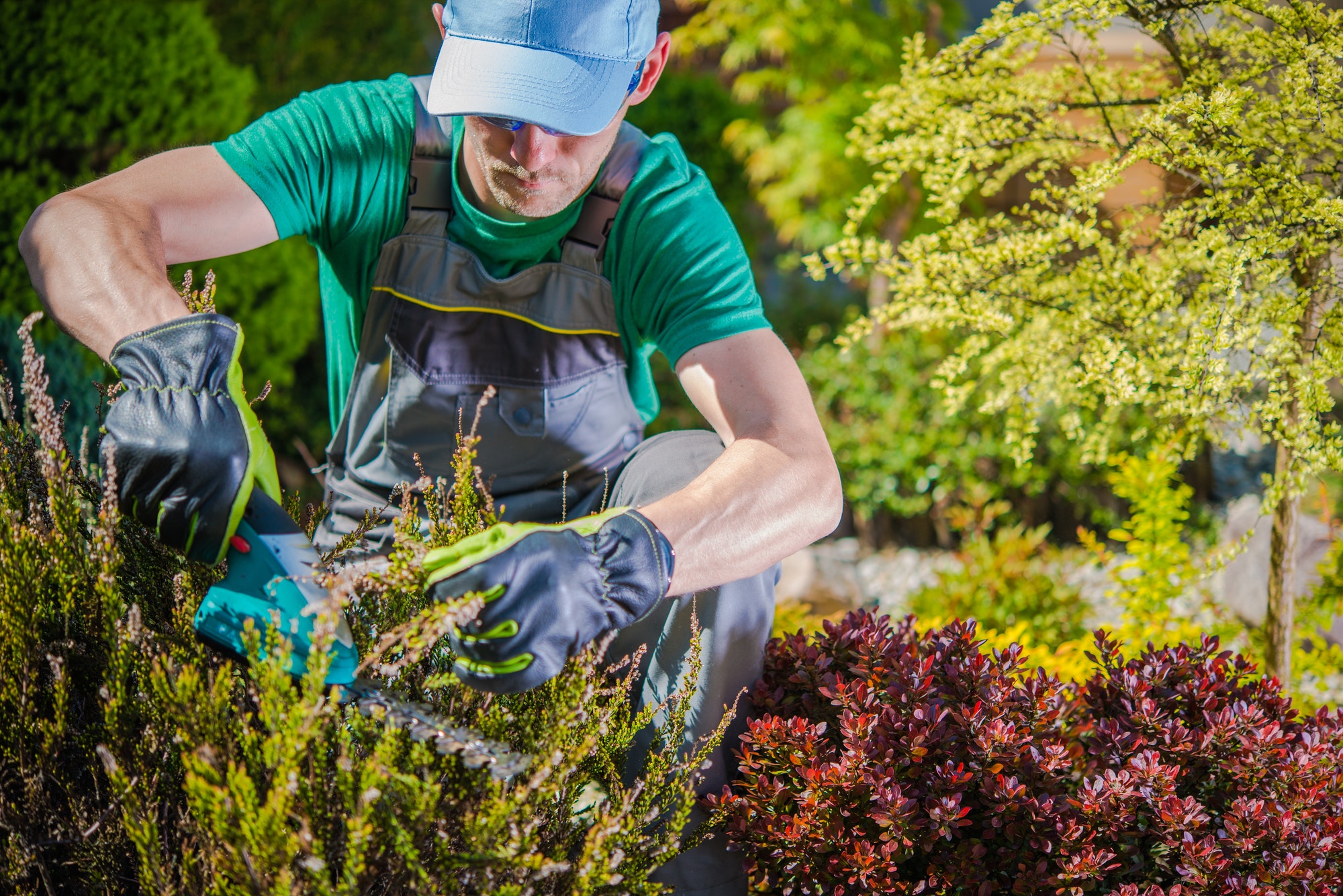Interesting Facts About Plants For the Green Garden and Landscaping Designer
Plants are eukaryotic, photosynthetic organisms that belong to the kingdom of Plantae. While historically the kingdom of all non-animal living things was included, current definitions exclude fungi, some algae, and prokaryotes. Here are some interesting facts about plants. Let’s look at the different types of plants and their classification. The best way to categorize these organisms is by their physiology.
Plants are multicellular organisms, making them the most diverse of all animals. Eukaryotic cells are large and contain a true nucleus. They also contain other organelles such as mitochondria and chloroplasts, which perform photosynthesis. A central vacuole is the basic structure of the plant. Prokaryotic cells are smaller and have no nucleus. These are similar to bacteria, but they do not contain a central vacuole.
Temperature affects many processes in plants. When temperatures are low, photosynthesis slows down and results in lower yields. Certain types of plants require a period of cold temperatures to grow properly. For example, apple varieties originated in very cold areas, where temperatures are usually lower. Lilies need a minimum temperature of 33 degrees Fahrenheit for six weeks. And there are several other common plants that require very specific climates. They vary in their requirements, but most of them are suitable for your area.
While some plants have flowers, others produce clusters of flowers. Individual flowers usually consist of a stem portion called receptacle that supports the rest of the flower. These are asexual reproductive organs that produce pollen. They also have nectar glands. Moreover, they are protected by an outer layer called perianth. The structure of the perianth is essential for the proper functioning of the flower. The petals of the flower are made up of petals called sepals.
All plants are plants. In general, plants are green organisms. They contain green chloroplasts, which provide energy to the entire ecosystem. In addition, they use a special process called photosynthesis to get energy from sunlight. As the process of photosynthesis requires the presence of sunlight, plants need nutrients in the soil. The space of the plant depends on the size of the ecodome. The more vegetation there is, the more it will benefit from the nutrients.
As a gardener, you must learn about plant growth and structure. This is because the parts of a plant influence the appearance and health of the plant. When you garden, you must take into account all the parts of a plant. Consider the effects of the environment on these components. Some plants even produce fruits or flowers. For the most beautiful garden, you can include plants in all stages of development. If you are not sure which ones to grow in your yard, read up on the basics about plants.
Despite their small size, plants are an important part of our environment. They absorb carbon dioxide from the atmosphere and release oxygen from their leaves. Both humans and animals need this oxygen to survive, and plants make this possible. They also clean water and help other living things. They are essential to our survival. It’s no wonder that we rely on plants for everything we need. It’s just that, but there are many more benefits to these little creatures.
